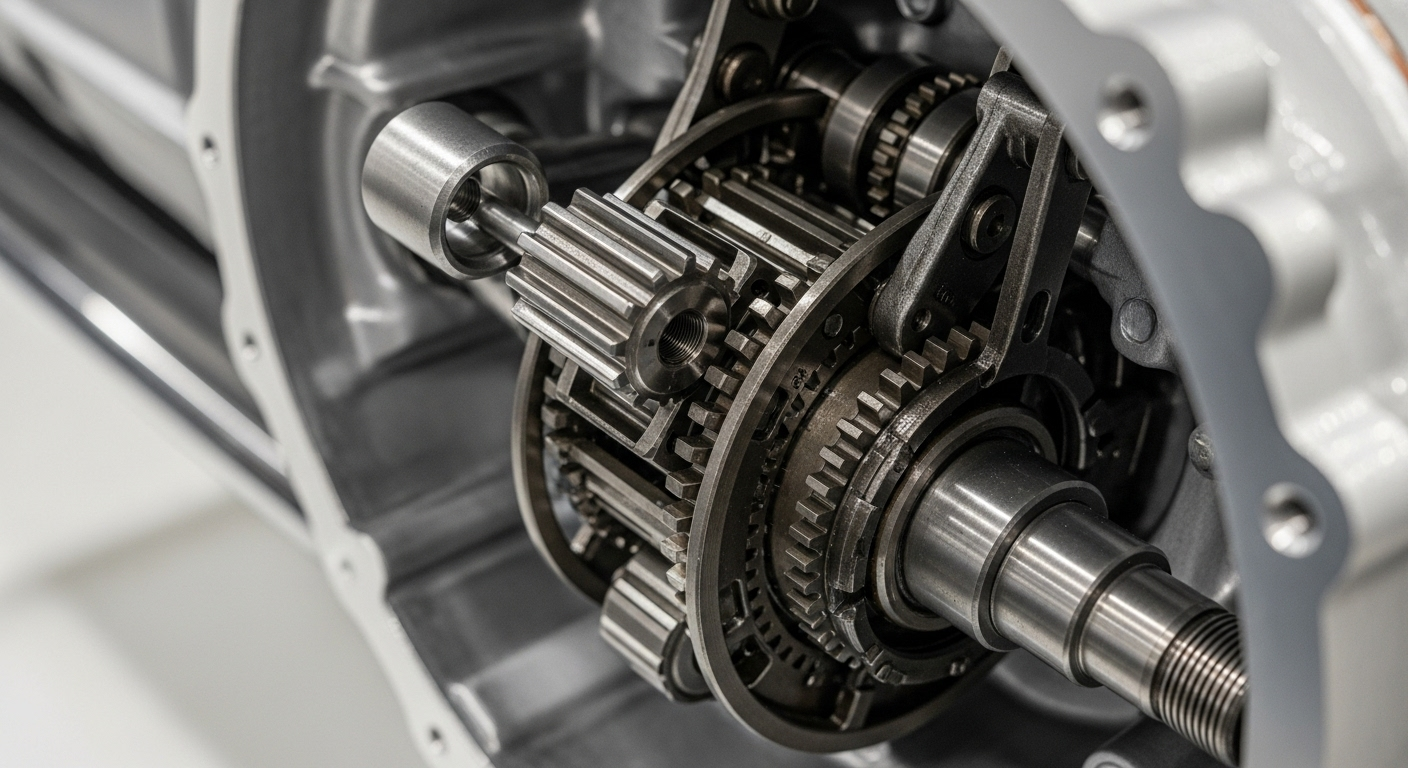The Art of Synchromesh: Transforming the Manual Gear Shift
Can you imagine a world where shifting gears was a skillful art, requiring careful timing and precision? Welcome to the era before synchromesh, a technology that transformed manual driving into a smoother, more accessible experience. In this article, we delve into the historical context, technological evolution, and the current relevance of synchromesh in the automotive industry.

The Era Before Synchromesh
The early 20th century marked the infancy of the automotive industry, with manual transmissions dominating the scene. However, gear shifting was a challenging task, requiring drivers to master double clutching—a method of matching the engine speed to the transmission speed before shifting gears. This practice was not only tricky but also resulted in wear and tear of the gearbox.
The Synchromesh Revolution
The introduction of synchromesh in the 1920s by Cadillac marked a significant leap in the automotive industry. Synchromesh technology introduced a friction cone that allowed the gears to engage smoothly, eliminating the need for double clutching. It made driving a manual car more accessible and less damaging to the vehicle’s transmission system.
The Impact of Synchromesh
Synchromesh technology brought about a paradigm shift in the automotive industry. The technology made manual cars more user-friendly, increasing their popularity among the masses. It also helped reduce the wear and tear on the transmission system, thus extending the vehicle’s lifespan.
Synchromesh in the Modern Era
Today, synchromesh remains a critical component in manual transmissions, despite the advent of automatic transmissions and CVTs. It continues to evolve, with manufacturers introducing multi-cone synchromesh systems for better performance and durability.
The Challenges and Future of Synchromesh
Despite its benefits, synchromesh technology does have its challenges. For instance, it can be prone to wear and tear, especially in heavy-duty applications. Also, as automatic transmissions become more efficient and popular, the demand for manual transmissions—and by extension, synchromesh—may decline. However, synchromesh continues to hold a significant place in the realm of performance cars and off-road vehicles, suggesting a promising future for this transformative technology.
In conclusion, synchromesh technology has played a pivotal role in shaping the manual driving experience. From making gear shifting an easier task to ensuring the longevity of the transmission system, synchromesh has proven its worth. As we navigate towards a future of autonomous and electric vehicles, it’s crucial to acknowledge and appreciate the technological milestones that have brought us this far.




